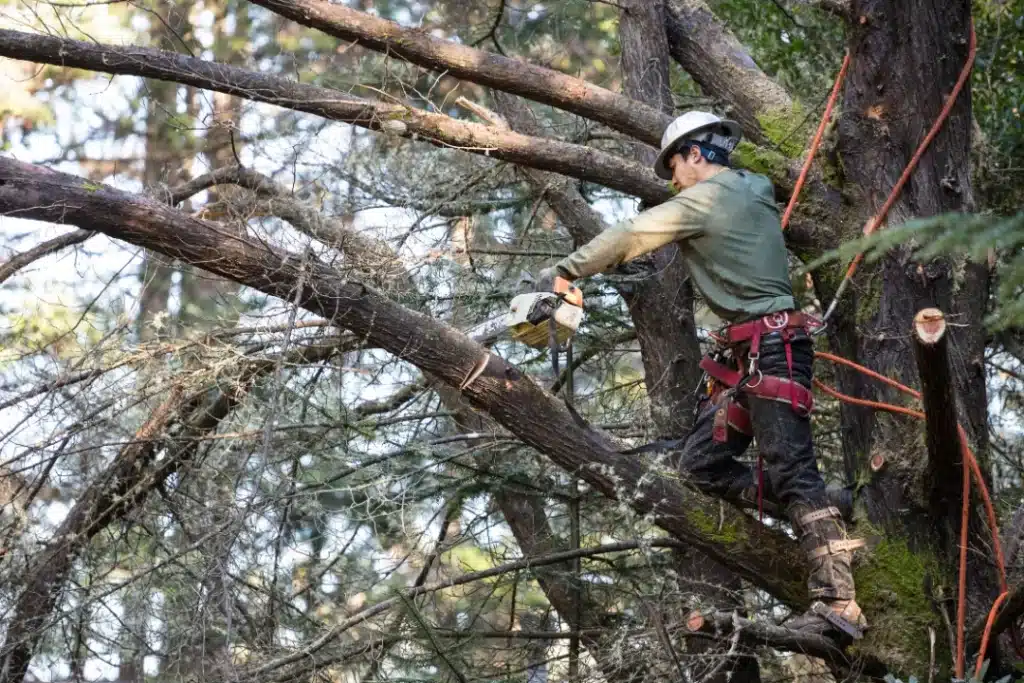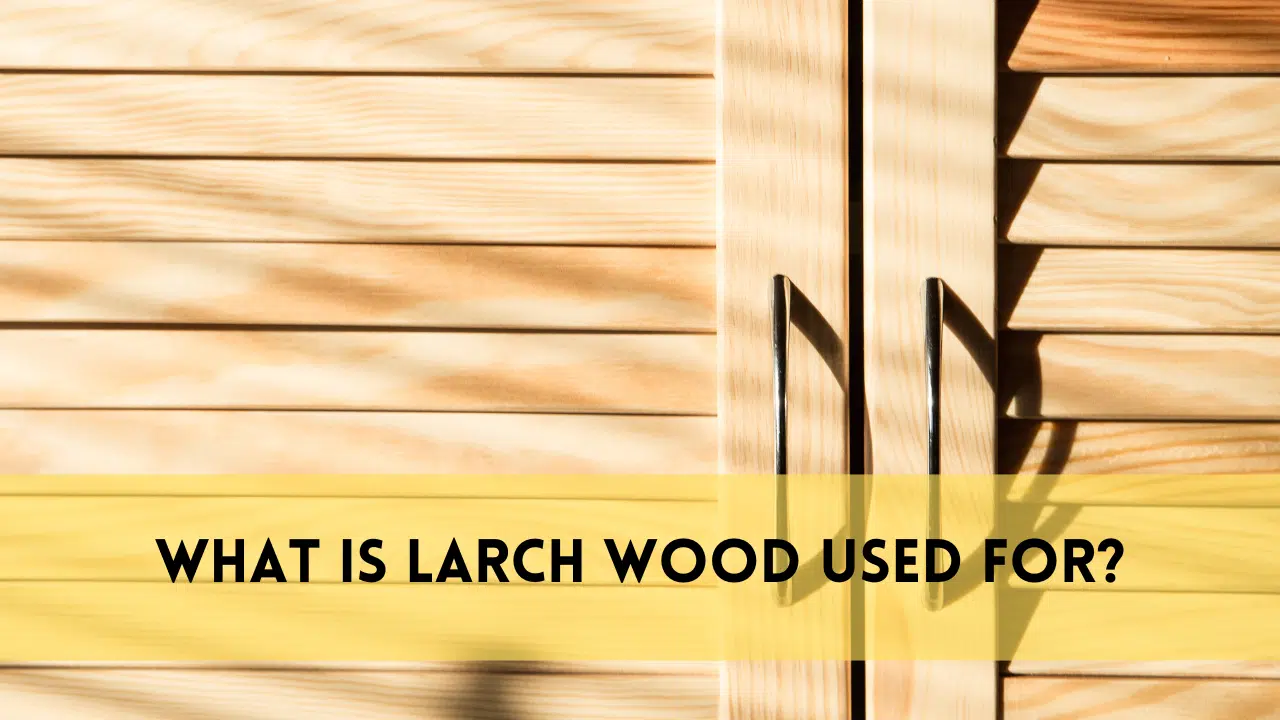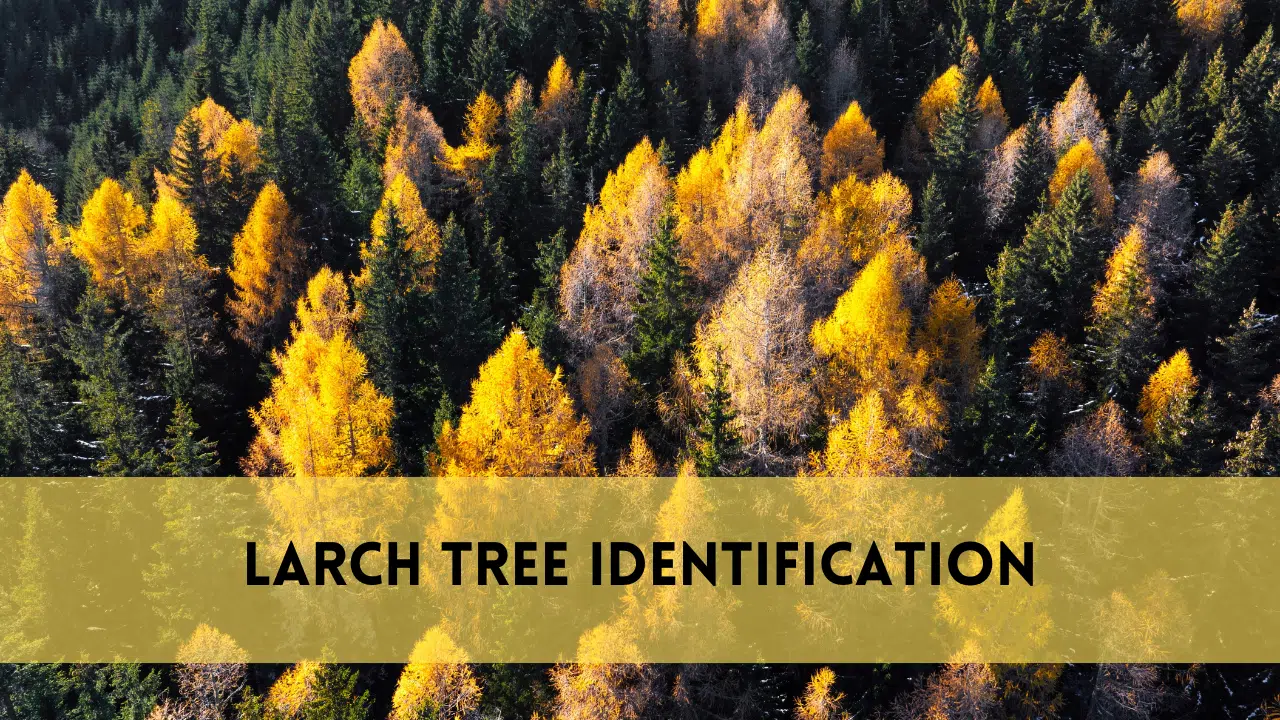Bellagio trees, known for their stunning beauty and tranquil appeal, are frequently used to lend a touch of refinement to landscapes. However, the choice to destroy these great trees is occasionally forced by a variety of causes. Understanding the complexities of Bellagio trees removed is critical for both homeowners and landscape lovers. This in-depth guide digs into the reasons for, techniques for, prices for, and repercussions of Bellagio tree removal, offering insight on the complex process and its larger influence on the environment and local ecosystems.
Understanding Bellagio Trees
Bellagio trees, with their magnificent foliage and brilliant hues, serve as prominent emblems in landscape projects. These trees, scientifically called as Cercis canadensis, enchant with their heart-shaped leaves and alluring blossoms, adding a distinct charm to outdoor settings. Bellagio trees are prized for their resilience to varied climates and ability to grow in a variety of soil conditions, and they frequently become valued focal pieces in gardens and public areas. However, despite their beauty, these trees may confront problems such as illness, damage, or blockages, needing careful assessment and, in some cases, removal. Understanding the inherent character of Bellagio trees offers the groundwork for making educated decisions about their care, upkeep, and possible removal when necessary.
Why bellagio trees removal is important
The removal of Bellagio trees becomes necessary for numerous reasons, showing their significance:
Concerns about health: Bellagio trees may be afflicted with illnesses like as blight or infestation, endangering the health of surrounding vegetation or posing a hazard to neighboring structures and humans.
Safety concerns: In situations of structural damage, leaning, or weakening branches, these trees can become hazardous during storms or severe winds, posing safety concerns to property and humans.
Obstructions: If Bellagio trees are blocking building projects, restricting vision, or encroaching on utility lines, they may need to be removed for practical reasons.
Landscape Management: Sometimes the removal is part of landscaping plans to revitalize the area or create space for new vegetation, boosting the overall appearance.
Given these considerations, the removal of Bellagio trees becomes critical to ensuring safety.
How to remove bellagio tree
The removal of a Bellagio tree necessitates accuracy and care. Here’s a full procedure:
Begin by evaluating the tree’s health, size, and surrounds. Determine whether there are any possible risks, such as surrounding structures or power wires.
Make a plan for the removal procedure. Assess the lean and surrounding barriers to determine the direction of the tree’s fall.
Safety measures should be prioritized. If operating at heights, wear proper safety equipment such as helmets, gloves, eye protection, and harnesses.
Clear the area surrounding the tree, removing any obstructions and creating a safe working environment for the removal operation.
Use correct pruning techniques to trim smaller branches first. Work your way up the tree gradually, eliminating bigger branches as you go.
Make a notch on the side of the tree that faces the direction of the wind.
Make a notch on the side of the tree facing the fall direction. Make a wedge-shaped notch using a chainsaw.
Make a backcut on the opposite side of the notch, just above the notch’s bottom edge. As a result, the tree might fall in the desired direction.
Return to a safe distance along the designated escape path after performing the backcut.
Maintain a safe distance and observe the tree’s descent as it begins to fall.
After the tree has been chopped down, remove the branches and cut the trunk into manageable portions. Remove debris correctly or hire a removal service.
It should be noted that tree removal might be dangerous. Seeking expert tree removal services is highly suggested for larger trees or in complicated scenarios to ensure safety and avoid dangers.
Professional Bellagio Tree Removal
Hiring qualified arborists or tree removal professionals to safely and quickly remove trees is what professional tree removal entails. These experts are skilled in assessing tree health, using specialized equipment, and adhering to safety standards to guarantee a smooth removal operation.
The procedure begins with a comprehensive examination of the tree’s condition, detecting any potential hazards or complications. Arborists then decide on the best method of removal, taking into account aspects such as tree size, location, surrounding structures, and any threats.
Professionals meticulously deconstruct the tree, limb by limb, limiting dangers to adjacent property and assuring safety, using modern gear and procedures like as cranes, ropes, and cutting equipment. Following the removal of the tree, professionals frequently provide stump grinding and debris removal services, leaving the space clean and ready for future usage.
DIY Bellagio Tree Removal
DIY tree removal, while appealing in terms of cost savings, can represent major dangers and obstacles. It entails removing a tree without the use of professional competence or specialized equipment, instead depending exclusively on one’s own abilities and tools.
DIY tree removal may be easy for small trees with no complications or concerns. Larger or more difficult trees, on the other hand, need extensive expertise, experience, and safety precautions.
Without the necessary experience, attempting DIY tree removal can result in accidents, property damage, or personal injury. Improper cutting procedures may cause the tree to collapse unexpectedly, causing damage to neighboring structures or threatening people.
Furthermore, improper tree removal might leave stumps or roots behind, resulting in regrowth or possible risks in the region. Furthermore, disposing of huge tree debris without the necessary equipment or resources can be dangerous.
Cost Factors for bellagio tree removal
Several variables impact the cost of tree removal:
Larger trees often take more personnel, equipment, and time to remove than smaller ones, resulting in greater removal expenses.
Access to the tree, closeness to buildings or utility lines, and the intricacy of the removal site can all affect the ultimate cost.
Diseased, damaged, or dangerous trees may demand extra care or specialized procedures, impacting removal costs.
The type of equipment required for removal, such as cranes or heavy gear, contributes to the overall cost.Stump grinding, debris removal, or transportation services required in addition to the basic removal might increase the overall cost.
Given these considerations, obtaining numerous quotations from trustworthy tree removal firms aids in understanding the breakdown.
Hiring professional Services for bellagio tree removal
Hiring a trustworthy tree removal service takes significant thought and study. Begin by gathering suggestions from neighbors, friends, and internet platforms, and then develop a list of possible businesses. Check their credentials to ensure they have the necessary licensure, insurance, and qualifications. Request and compare prices from several firms, taking into account their competence, availability of equipment, and included services such as debris collection or stump grinding. Examine client feedback and references to determine their dependability and professionalism. Engage in in-depth talks with the chosen provider, explaining all parts of the removal process, such as safety protocols, cleanup methods, and expected dates. Finally, request a formal contract stating all services, fees, and obligations before concluding any agreement to guarantee a clear understanding and avoid any misconceptions throughout the tree removal procedure.
Impact on Environment
These trees provide home for many birds, insects, and small animals. Their removal may destabilize local ecosystems, resulting in a reduction in biodiversity.
Bellagio trees help to filter the air by collecting carbon dioxide and releasing oxygen. Their removal lowers natural filtering, lowering local air quality.
These trees offer shade, adjust temperatures, and alter microclimates. Removal changes these processes, potentially influencing temperature moderation and moisture levels.The root systems of Bellagio trees aid in soil erosion prevention. Removing them might raise the danger of soil erosion.
FAQS
1. Are Bellagio trees protected species?
Bellagio trees are not normally protected species, however regional regulations may differ.
2. How much does professional tree removal cost?
The price varies greatly depending on the size, location, and intricacy of the tree, ranging from hundreds to thousands of dollars.
3. Can I transplant a new tree after removing an old one?
Yes, replanting is recommended to preserve ecological balance and aesthetic appeal.
4. Is it safe to do your own tree removal?
DIY removal can be dangerous without the correct skills and equipment. It is only suitable for smaller trees.
5. Are there eco-friendly eradication methods?
Some firms provide eco-friendly removal services, such as employing sustainable procedures and reusing tree materials.
Conclusion
Bellagio tree removal is a significant choice impacted by a variety of issues like as health, safety, and landscape management. Understanding the rationale, environmental consequences, and accessible solutions is critical for making educated decisions. When considering tree removal, it is critical to prioritize safety, comply with local legislation, and consider the larger ecological implications.




